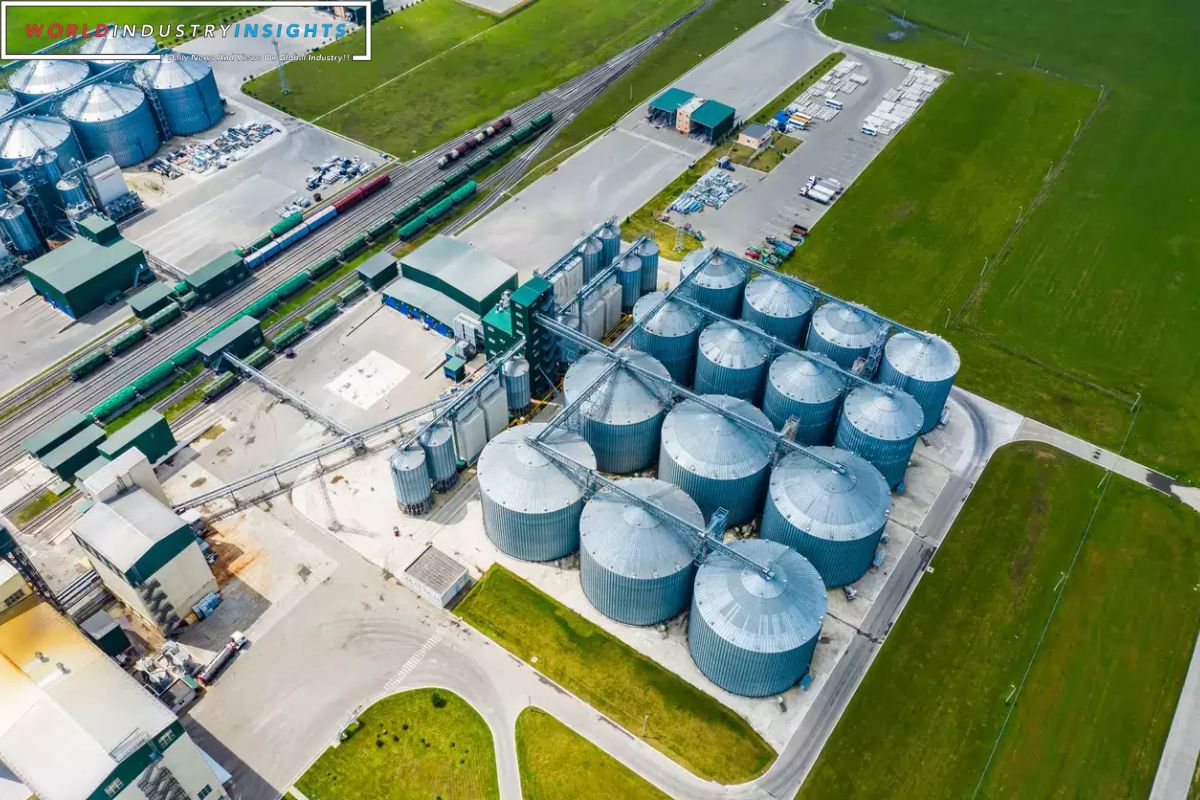Biden Move on Ethanol Tax Credits: In a move seen as a victory for the influential U.S. corn lobby, the Biden administration announced on Friday that it would recognize a methodology favored by the ethanol industry for companies seeking tax credits for sustainable aviation fuel (SAF). However, the administration also introduced a caveat by committing to update the methodology by March 1, raising uncertainties for corn-based ethanol producers.
The guidance is a significant win for ethanol producers and corn farmers, particularly in states like Iowa and Illinois, as it paves the way for ethanol-based SAF to qualify for tax credits under President Joe Biden’s signature climate law, the Inflation Reduction Act (IRA). The decision is crucial for the ethanol industry, which sees SAF as a pathway to growing demand amid increasing sales of electric vehicles.
While the guidance aims to narrow the price gap between SAF and traditional jet fuel, the administration has not provided specific data on the extent to which the incentives would reduce price discrepancies. The global aviation industry, accounting for about 2% of global energy-related carbon dioxide emissions, is challenging to decarbonize, making incentives for SAF crucial for its adoption.
Ethanol groups have been advocating for the recognition of the Department of Energy’s Greenhouse Gases, Regulated Emissions and Energy Use in Technologies (GREET) model for IRA credits, competing with environmentalists who prefer standards elevating feedstocks like used cooking oil and animal fat.
Also Read: Biofuel Industry: The Battle for Sustainable Aviation Fuel (SAF)
Agriculture Secretary Tom Vilsack highlighted the importance of the GREET platform for corn-based ethanol to qualify for significant tax credits included in the IRA. However, the GREET model will undergo updates to include new data and modeling on emissions sources such as land use change and livestock activity.
The Internal Revenue Service stated that fuel produced in 2023 meeting the new GREET standards would be eligible for the credit. The Environmental Protection Agency, along with the Departments of Agriculture, Energy, and Transportation, is collaborating on the scientific updates.
While ethanol trade groups celebrated the decision, they emphasized the need for more clarity around the updated guidance, as new investments in SAF are contingent on pending GREET modeling updates.
As the Biden administration navigates the delicate balance between supporting the ethanol industry and addressing environmental concerns, the forthcoming updates in March will determine the continued role of corn-based ethanol in the rapidly evolving landscape of sustainable aviation fuel.
Our Reader’s Queries
What is the tax credit for ethanol?
The credit amounts for gallons sold in the previous calendar year vary depending on the blend level and year. From 2024 onwards, blends of 15% ethanol (E15) can receive $0.08 per gallon, while blends of 25% ethanol (E25) and higher can also receive $0.08 per gallon. This means that the eligibility for credits will depend on the blend level and year, with higher blends receiving the same credit amount as E15.


